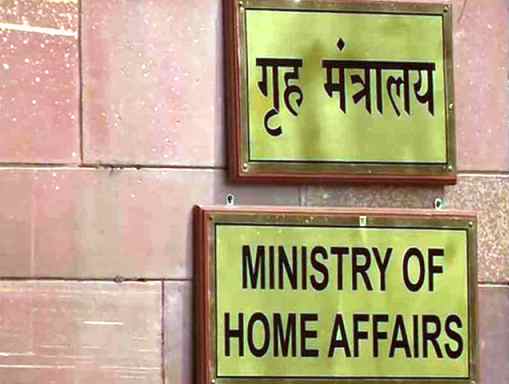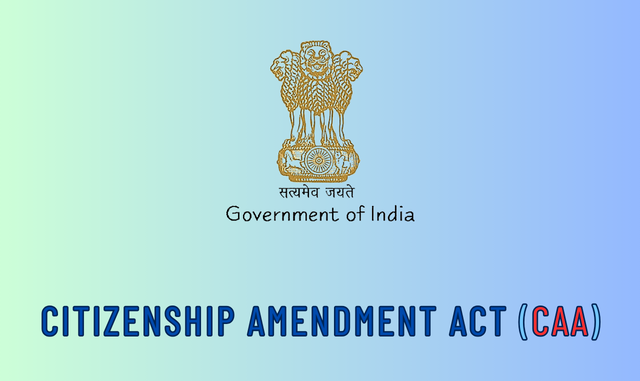Bhubaneswar: As per eye estimates presented during top state government officials’ interaction with the Central team, standing crops on more than 5.78 lakh hectares in around 131 blocks of 12 districts have been severely damaged due to heavy rains triggered by Cyclonic Storm “Jawad”.
Chief Secretary Suresh Chandra Mahapatra, Development Commissioner & Special Relief Commissioner (SRC) Pradeep Kumar Jena along with senior officers of the State interacted with the inter-ministerial central team today evening after the team’s two days field visit to different areas of the State for assessment of the losses caused by the cyclone Jawad which crossed close to Odisha coast during the current month.
The six-member team led by Saurav Ray, Joint Secretary Ministry of Home Affairs was divided into three sub-teams after reaching Odisha and having a preliminary discussion with Odisha SRC PK Jena. The sub-teams visited the affected areas in the districts of Ganjam, Puri, Jagatsignhpur, Cuttack, Jajpur and Kendrapara.
After having a feel of the situation at the ground zero level, the team discussed the damages with senior officers of the State in a high-level meeting held in State Lok Seba Bhawan. Chief Secretary apprised that this year there was a bumper crop in many districts as the deficit rainfall during the initial months were covered up in the following months of the cropping season. The crops were almost in ripening condition when the cyclone came near the Odisha coast with heavy rainfall. The farmers were given advisories to harvest the crop, and bring those to safe places as per the forecast of Indian Metrological Department. The farmers also tried their best. But all the ripened crops could not be harvested and collected within a short span of time. Besides, many varieties of paddies and other major crops were nearing the ripening stage.
Secretary Agriculture and Farmers Empowerment Suresh Kumar Bashistha appraised that apart from paddy and other major Kharif crops, the heavy rain also caused severe damage to brinjal, cauliflower, potato, groundnut, and other major vegetable plantations.
Development Commissioner PK Jena said that because of standing water in the agricultural fields, the farmers also could not sow seeds for the rabi crop. Jena added, “Odishan climatic condition is also not conducive for late rabi crop as the temperature starts growing by mid-February”.
The inter-ministerial team leader Ray mentioned that they saw heavy loss to farmers at the ground level caused by the cyclonic rain. He opined that the farmers who suffered loss needed governmental support and assistance.
Discussions in the meeting showed that as per the eye estimates, standing crops on more than 5.78 lakh hectares in around 131 blocks of twelve districts were severely damaged. These districts were Ganjam, Bhadrak, Puri, Cuttack, Balasore, Kendrapara, Keonjhar, Khordha, Jagatsinghpur, Nayagarh, Jajpur and Mayurbhanj. The ground level assessment was going on and it would be completed in seven days. Detail damage reports would be sent to the team just after completion of the field level assessment.
Dr Man Singh, Ministry of Agriculture; Dr Manas Kumar Sinha, Ministry of Fisheries; R. B. Kaul, Ministry of Finance; Shaswat Mohapatra, Ministry of Road Transport; and, .Ms Poonam Jain, Ministry of Power, Government of India were other members of the team.






